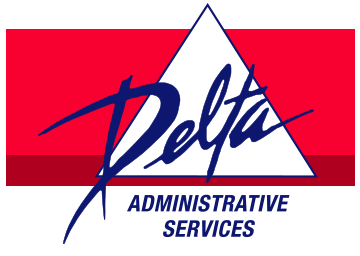As we approach the new year, it's crucial to stay informed about the latest developments…
COVID-19 Update December 1, 2020
On this #GivingTuesday, I hope you took the time to count your blessings and consider ways in which you’re able to give back to the community.
Today also marks the first day of the last month of this crazy year. As businesses work to close out Q4, it’s important to note the forthcoming legislative changes while making your projections for 2021. Furthermore, PEO Compass has taken the time to outline some important things to consider when meeting with your tax professional so that you can ask the right questions to ensure you are taking advantage of as many new benefits as possible.
Employers are preparing for changes the U.S. Department of Labor (DOL) may make under President-elect Joe Biden’s administration. From joint-employer issues to the Office of Federal Contract Compliance Programs (OFCCP) and Occupational Safety and Health Administration (OSHA) action, the DOL is likely to shift direction on many fronts. Michael Lotito, an attorney with Littler in San Francisco and co-chair of Littler’s Workplace Policy Institute, discussed likely changes at the department with SHRM Online.
Congress continues to remain at a stalemate as the latest bipartisan $900 billion interim Coronavirus stimulus package was rejected earlier today. To avoid a government shutdown, funding legislation must be approved by December 11th. It’s unclear whether lawmakers can craft a plan that can get through both chambers of Congress before the end of the year when many relief programs expire. The day ended with two additional proposals, one offered privately by Democratic leaders to Republicans and another that Republicans have approved with the White House and could be voted on by the Senate.
Surely, the release of an effective vaccine would shift things for the better. The FDA will review an application for Pfizer’s vaccine on December 10th, and yesterday Biotech company Moderna applied for an emergency use authorization. Within 24 hours of FDA approval, every state is set to get COVID-19 vaccines, and it will then be up to each state to decide how to administer them. In Louisiana, Governor Edwards said health care workers will be first to receive the limited first batch. Then they’ll be distributed to the high-risk groups, followed by residents in nursing homes or congregant living facilities.
In the world of HR, the World Economic Forum said that technologies like artificial intelligence (AI) will displace 75 million jobs by 2022 but will also create 133 million new roles – that’s a net gain of 58 million new jobs. To prepare workers for these new jobs, organizations will have to provide significant resources for upskilling their workforces, and employees will have to take personal responsibility for their career development in a context of rapid technological change.
Last month, the Department of Health and Human Services (HHS) issued a final rule intended to encourage drug manufacturers to pass prescription medication rebates to consumers at the pharmacy counter instead of to pharmacy benefit managers (PBMs) that act as intermediaries between health plans and pharmacies. Scheduled to take effect in January 2022, the rule applies to privately administered Medicare Part D prescription drug plans. Meanwhile, this market is so large that pricing policy changes by pharmaceutical firms could spill over to the Affordable Care Act marketplace and to employer-sponsored health plans. Please don’t hesitate to reach out if we can answer any questions on this matter or any of the other items mentioned above.
